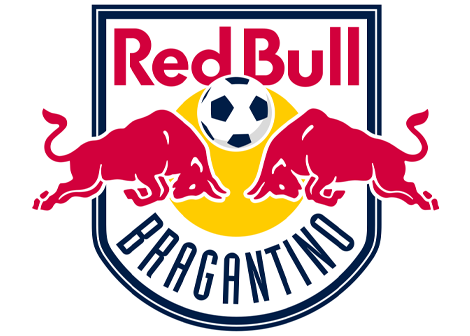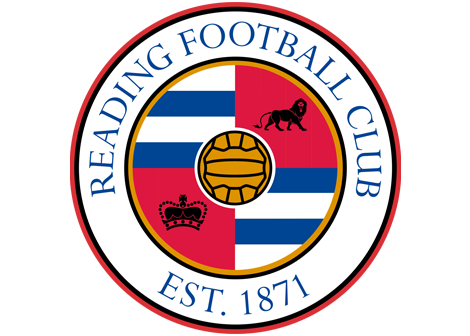Half of all transfers are not successful, according to Dr Ian Graham, Director of Research at Liverpool FC, who has given his insights into the seven pitfalls facing Sporting Directors and Heads of Recruitment in any deal.
Player recruitment and retention is the most important application of analytics by a factor of 10. It is where the action is at, in terms of performance.
That damning figure was put into the public domain at a StatsBomb Conference at Stamford Bridge where the highly-respected Welshman spoke about how to maximise the impact of analytics within a club.
Graham (pictured) said: “Player recruitment and retention is the most important application of analytics by a factor of 10. It is where the action is at, in terms of performance.”
Liverpool have felt the impact of both getting it wrong and getting it right in recent seasons.
Getting it wrong can be costly as Liverpool in 2020-21, the one disappointing campaign in a four-year spell of success, which included winning the Premier League, UEFA Champions League, FA Cup and EFL Cup from 2018-19 to 2021-22.
Liverpool only signed Ibrahima Konate for £35m from RB Leipzig in the 2021 Summer Transfer Window, while title rivals Manchester City, Manchester United and Chelsea spent big, and they suffered a succession of injuries to leave the squad exposed as they struggled to defend their 2019-20 Premier League title.
It mirrored a similar pattern of summer spending since 2018, and is an example of the devotion to data analysis that has enabled Liverpool to keep pace with - and often outpace - their wealthier rivals in the transfer market.
Speaking at Stamford Bridge, Graham stressed that transfers tend to fail due to any one of seven reasons:
1. Current player is better than the new player
2. The player is not as good as first thought
3. The player does not fit the style of the team
4. The player is played out of position
5. The manager does not rate the player
6. The player has fitness issues
7. The player has personal issues
Even if a club has 90% confidence that each of these factors will not occur, in a simplified calculation Graham showcased how this still only yields a total 48% chance of every transfer being a success:
90% x 90% x 90% x 90% x 90% x 90% x 90% = 48%
Analytics can play a significant role in assisting with the first three of those areas, ensuring Sporting Directors and Heads of Recruitment are fully informed before investing in new players.
Graham, who has worked alongside renowned Sporting Director Michael Edwards for a decade, continued: "We have to make sure the player fits the style of the team. That's a core competency of the analytics team that we understand the style of play of our team...
"The reason is that the transfer market values these things the same way we do. So the trick to improve these things is to try and work out what is over-valued by the transfer market and try to pay less for that.
"We work out what is under-valued, which should be cheaper anyway, and we can make some valuable signings."
Picture credit: @StatsBomb
Book an intro call
Trusted by decision makers from 800+ clubs worldwide





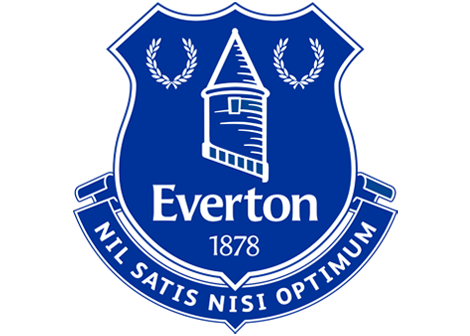





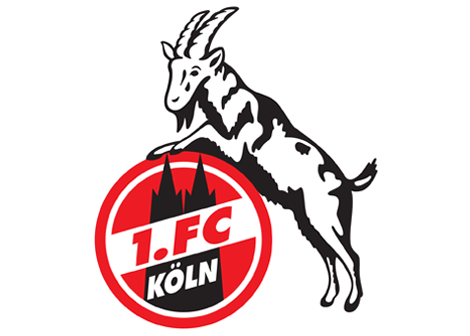























































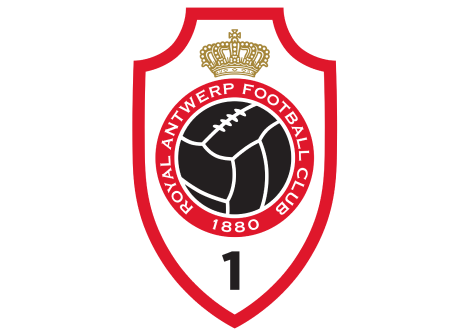









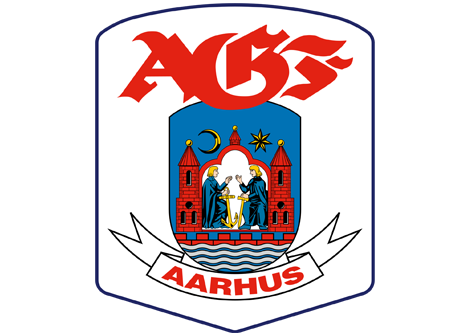

/SWEDEN/Malm%C3%B6%20FF.png)





